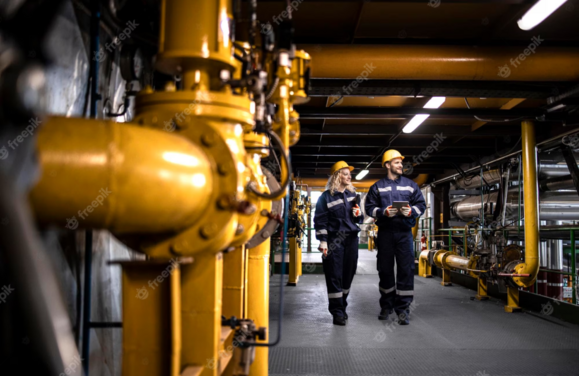Non-destructive Testing (NDT) is a crucial aspect of many industries that rely on the integrity and safety of their materials, components, and systems.
This technology allows for the evaluation of these items without causing damage, making it a cost-effective and safe way of assessing their condition.
The primary objective of Non-destructive Testing is to identify and detect any defects, inconsistencies, or potential weaknesses that may impact the performance, safety, and reliability of the material or component being examined.
NDT can detect various types of flaws, including surface and subsurface cracks, porosity, inclusions, voids, and other types of discontinuities.
There are various methods used in NDT, each with its own unique approach and applications. Ultrasonic Testing (UT), for example, uses high-frequency sound waves to detect internal defects in materials.
This method is commonly used in the aerospace and manufacturing industries to inspect materials such as metals, plastics, and composites.

Radiographic Testing (RT) uses X-rays or gamma rays to create images of the internal structure of a material. This method is often used in the construction industry to inspect welds and other critical components.
Visual Testing (VT) is a technique that relies on the human eye to inspect the surface of a material for defects. This method is commonly used in the oil and gas industry to detect corrosion and other surface defects.
Magnetic Particle Testing (MT) uses a magnetic field to detect surface and near-surface defects in ferromagnetic materials. This method is commonly used in the automotive and aerospace industries to inspect components such as engine blocks and turbine blades.
Liquid Penetrant Testing (PT) involves the use of a liquid to detect surface-breaking defects in a material. This method is often used in the manufacturing industry to inspect components such as castings and forgings.
Acoustic Emission Testing (AE) uses sound waves to detect changes in a material that may indicate a defect or weakness. This method is commonly used in the aerospace industry to inspect composite materials.
Thermographic Testing (IRT) uses infrared cameras to detect temperature variations in a material that may indicate a defect or weakness. This method is often used in the building industry to detect leaks and other thermal anomalies.
Leak Testing (LT) uses pressure or vacuum to detect leaks in a system or component. This method is commonly used in the automotive and Aerospace Industry to inspect fuel tanks and other critical components.
NDT plays a critical role in various industries such as aerospace, manufacturing, construction, and oil and gas. It is also widely used in the medical field to inspect the body for injuries or diseases.
The ability to detect flaws early on in the manufacturing process can save time and money by avoiding potential failures down the line.
Additionally, NDT helps to extend the service life of equipment by detecting flaws before they become more significant issues.
In conclusion, NDT is an essential technology that plays a critical role in ensuring the safety and reliability of structures, materials, and equipment in many industries.
Its ability to detect flaws early on and maintain the integrity of materials and components helps to avoid costly failures and extends the service life of the equipment.
As such, NDT will continue to play an integral role in many industries and will be a significant driver of safety, reliability, and cost-effectiveness in the years to come.
.png)








